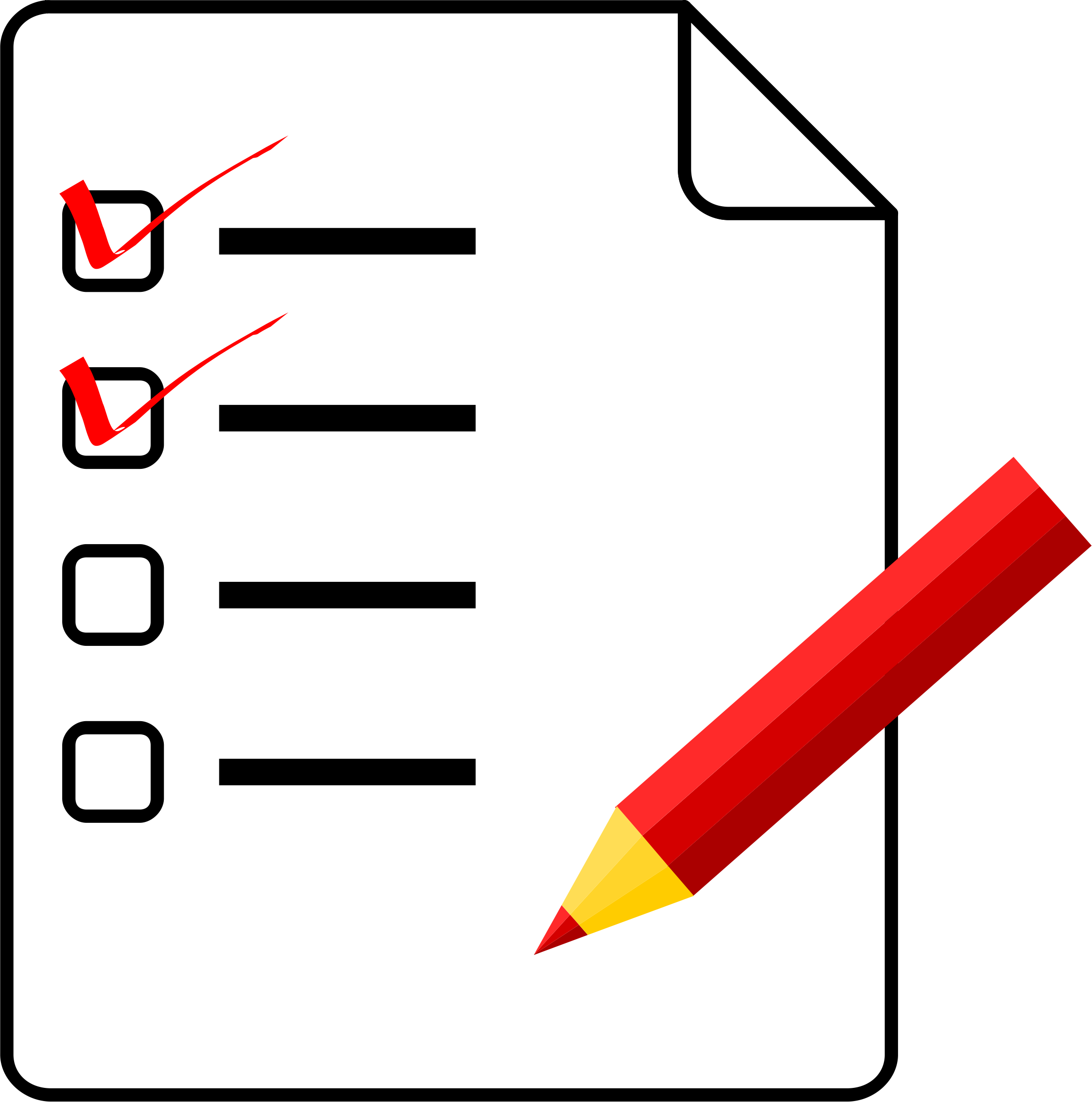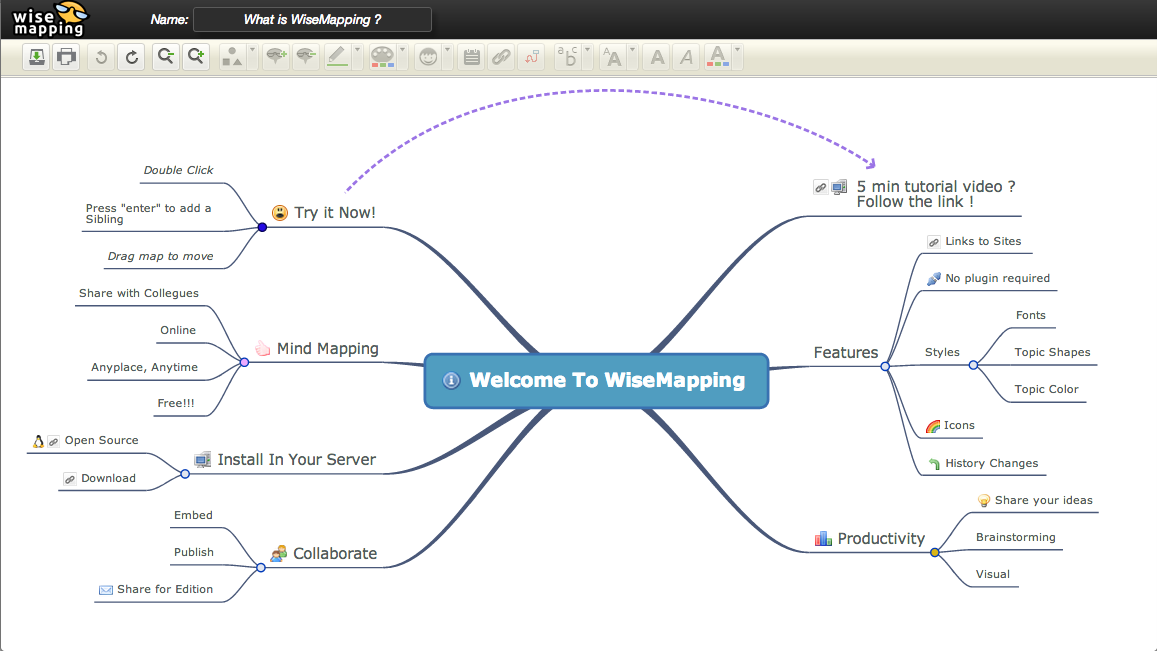 Before choosing a topic, make sure you understand your assignment. Read your assignment and look for:
Before choosing a topic, make sure you understand your assignment. Read your assignment and look for:
Make sure you understand your assignment’s purpose. Are you supposed to take a side in an existing argument, explain a problem, propose a position, describe a project or process, or do something else?
If you find that you cannot describe what your assignment is about to someone else, either read it again or ask your instructor for clarification.
Think about topics that interest you. To generate some ideas, try the sources below. They offer background information on current events and controversial topics. And, they give both sides of an issue, so you can develop a better understanding of the topic.
Need to look up a name, place, term, or event? The sources below contain many different kinds of encyclopedias and dictionaries and are excellent starting points for getting an overview on your topic as well as possible search terms to use later. Try them.

When you have chosen a topic, it's time to ask some questions.
Applying the W's -- the factual who, what, when and where -- to your topic can help you begin to find a more focused issue that might suggest a how and why question within that topic.
Try visualizing your topic to explore all of the different angles, ideas, and key concepts related to your topic. This is a good brainstorming exercise and can also help focus your topic into a research question.
The tools below can help you visualize your topic.


